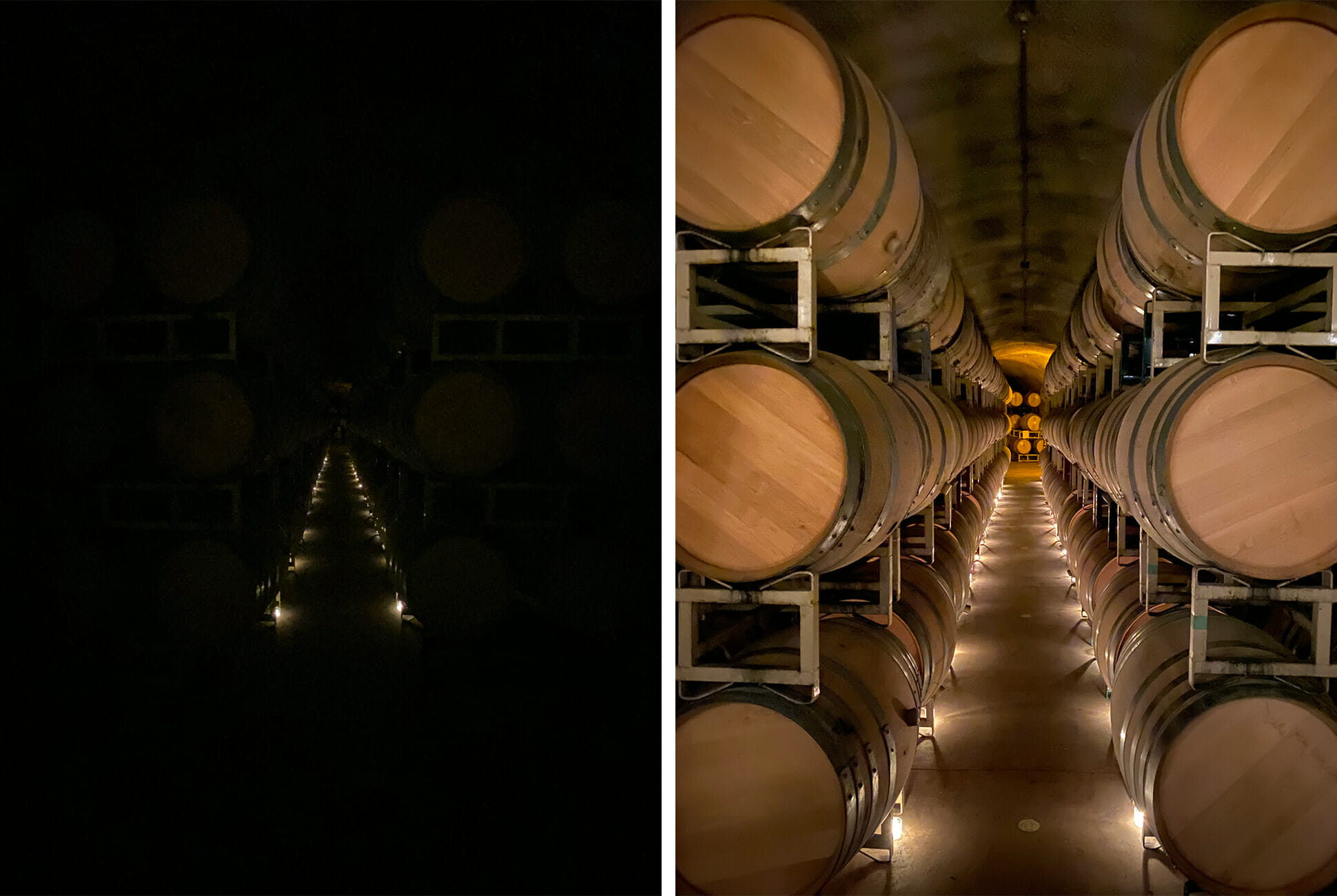The most compelling and conspicuous feature of the iPhone 11 Pro is its triple-camera system, and after using it for the better part of the week, it’s definitely the best and most versatile set of cameras that Apple has ever put in any iPhone. The ultra-wide lens will feel like a pretty significant upgrade for anybody who has an older iPhone, but as the iPhone 11 has it too, it really comes down to the telephoto lens and how if you’ll take full advantage of it. This extra lens enables the two Pro models to take two different kinds of Portrait Mode photos, one that is really zoomed-in (which is similar to what the iPhone XS could do) and one that is more zoomed-out (which is exactly the same Portrait mode as the iPhone 11) for those who want to grab for background in the photo. If you find yourself taking a lot of photos of people and pets, rather than landscapes, this extra telephoto lens feels like a real selling point.
The nice thing about all three lenses is that they all take the same quality photo. Each is a 12-megapixel camera that has its own high-quality sensor, so you can expect a pretty decent photo nobody which lens you’re using (this is not the case for most other smartphones with a multi-camera system). Each of the three lenses is capable of shooting 4K video at 60fps, which is a nice feature for vloggers and videographers to have. It’s worth noting that despite the extra lenses, like the iPhone 11, the Pro’s Night Mode only really works while using the wide lens (you can technically use Night Mode with the ultra-wide lens, but it’s really just a blown-up shot taken by the wide lens.

Night Mode on the new iPhone 11 Pro is pretty incredible.
Aside from the size and triple-camera system, the third big selling point of the iPhone 11 Pro is its hardware. Its OLED display is significantly better than the LCD display of the iPhone 11, but it’s also better than the Super Retina display of last year’s iPhone XS; the new “Super Retina XDR” display is brighter (1,200 nits versus the iPhone XS’s 600 nits) with double the contrast ratio. It’s easy to get lost in the tech jargon, but the bottom line is this: iPhone 11 Pro’s display is the best and brightest display ever in a smartphone. So if you’re somebody who plays a lot of mobile games or streams lots of shows on your iPhone, that’s a good reason to upgrade to the Pro.
Battery life is the last big reason to upgrade to the Pro if you have an older iPhone. To date, the iPhone XR has been the gold standard of long-lasting iPhones, getting almost two days of juice, and the iPhone 11 Pros are almost at that level. Apple claims that both iPhone 11 Pros get four and five hours better than their predecessors, the iPhone XS and the iPhone XS Max, and it’s actually pretty noticeable. The secret to the improved battery life is, yes, the A13 Bionic chip helps with energy efficiency, but Apple also put a slightly larger battery in its newer phones. This is a pretty significant thing, as it also means that the new iPhones are ever-so-slightly heavier and thicker – Apple is sacrificing design for usability, which is actually a breath of fresh air.
There are a quick few things to add to round out the “good” features. Apple says the Face ID is 30-percent faster on the new iPhones and even better at recognizing your face when resting flat on a table; however, in the week I’ve had the phones I’ve actually had a difficult time telling the difference – it’s still fast. Apple also improved AirDrop on the new iPhones, allowing you to point your iPhone at other new iPhones and AirDrop files to whomever you’re pointing at (although the iPhones must have Apple’s new U1 chip and iOS 13). And, finally, Apple is including an 18-watt USB-C wall adapter and a USB-C to Lightning cable in the box, which makes the iPhone 11 Pro feel a little bit more “Pro.”

